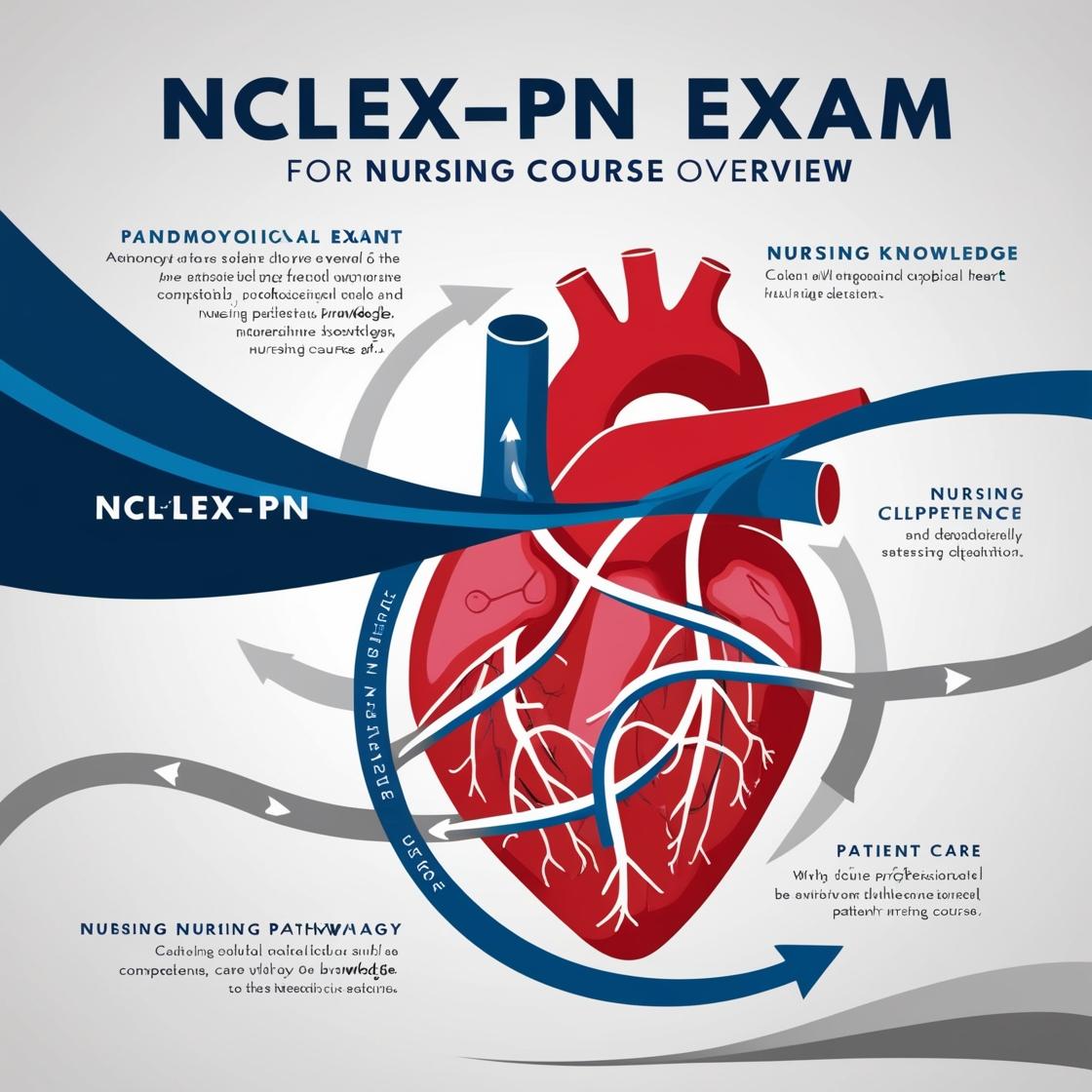NCLEX-PN
NCLEX Question of The Day
1. The nurse is obtaining a health assessment from the preoperative client scheduled for hip replacement surgery. Which statement by the client would be most important for the nurse to report to the physician?
- A. "I had chickenpox when I was 8 years old."?
- B. "I had rheumatic fever when I was 10 years old."?
- C. "I have a strong family history of gastric cancer."?
- D. "I have pain in my hip with any movement."?
Correct answer: B
Rationale: The most important statement for the nurse to report to the physician is that the client had rheumatic fever when they were 10 years old. This information is crucial as individuals who have had rheumatic fever require pre-medication with antibiotics before any surgical or dental procedure to prevent bacterial endocarditis. Reporting this history ensures the client's safety during the hip replacement surgery. The other options, such as having chickenpox in the past, a family history of gastric cancer, or experiencing hip pain, are important for the client's overall health assessment but do not have the same immediate implications for the upcoming surgery as the history of rheumatic fever.
2. A patient has recently been prescribed Lidocaine Hydrochloride. Which of the following symptoms may occur with an overdose?
- A. Memory loss and lack of appetite
- B. Confusion and fatigue
- C. Heightened reflexes
- D. Tinnitus and spasticity
Correct answer: B
Rationale: The correct answer is 'Confusion and fatigue.' Lidocaine Hydrochloride, when taken in excess, can lead to symptoms such as confusion and fatigue. It affects the central nervous system, leading to these cognitive and physical impairments. Choice A ('Memory loss and lack of appetite') is incorrect because memory loss is not a common symptom of Lidocaine Hydrochloride overdose, and lack of appetite is not a typical effect. Choice C ('Heightened reflexes') is incorrect as Lidocaine Hydrochloride overdose usually depresses reflexes rather than heightening them. Choice D ('Tinnitus and spasticity') is incorrect as tinnitus and spasticity are not commonly associated with Lidocaine Hydrochloride overdose.
3. While assessing a patient who has undergone a recent CABG, the nurse notices a mole with irregular edges and a bluish color. What should the nurse do next?
- A. Recommend a dermatological consult to the physician.
- B. Note the location of the mole and contact the physician via telephone.
- C. Note the location of the mole and follow-up with the attending physician through the medical record and a phone call.
- D. Remove the mole with a sharp debridement technique, following approval from the charge nurse.
Correct answer: C
Rationale: In this scenario, the nurse should note the location of the mole and follow up with the attending physician through the medical record and a phone call. This action is appropriate because a mole with irregular edges and a bluish color raises concern for melanoma, a type of skin cancer. Recommending a dermatological consult (Choice A) might delay the evaluation and management of the mole. Contacting the physician via telephone (Choice B) may not provide a documented record of the observation. Removing the mole without proper evaluation (Choice D) could be dangerous and is not within the nurse's scope of practice.
4. The charge nurse on a cardiac unit tells you a patient is exhibiting signs of right-sided heart failure. Which of the following would not indicate right-sided heart failure?
- A. Muscle tetany
- B. Syncope
- C. Numbness
- D. Anxiety
Correct answer: D
Rationale: The correct answer is 'Anxiety.' Anxiety is not a typical sign of right-sided heart failure. Right-sided heart failure usually presents with symptoms such as muscle tetany, syncope, and numbness. Muscle tetany can occur due to electrolyte imbalances seen in heart failure. Syncope can result from decreased cardiac output, leading to decreased perfusion to the brain. Numbness can occur due to poor circulation. While anxiety can be present in patients with various medical conditions, it is more commonly associated with respiratory acidosis or other psychological factors rather than right-sided heart failure.
5. The nurse is caring for a client who is 28 weeks pregnant and complains of swollen hands and feet. Which symptom below would cause the greatest concern?
- A. Nasal congestion
- B. Hiccups
- C. Blood glucose of 150
- D. Muscle spasms
Correct answer: D
Rationale: The correct answer is muscle spasms because they can be indicative of a severe condition like preeclampsia, which is a serious complication during pregnancy characterized by high blood pressure and signs of damage to another organ system, most often the liver and kidneys. Nasal congestion and hiccups are common discomforts during pregnancy and do not pose a severe risk to the client or fetus. A blood glucose level of 150, while slightly elevated, may not be alarming in a pregnant individual and can be managed through dietary modifications or medication adjustments. Muscle spasms, especially in the context of pregnancy, should be taken seriously and thoroughly assessed to rule out any underlying serious conditions.
Similar Questions

Access More Features
NCLEX PN Basic
$69.99/ 30 days
- 5,000 Questions with answers
- Comprehensive NCLEX coverage
- 30 days access @ $69.99
NCLEX PN Premium
$149.99/ 90 days
- 5,000 Questions with answers
- Comprehensive NCLEX coverage
- 30 days access @ $149.99
